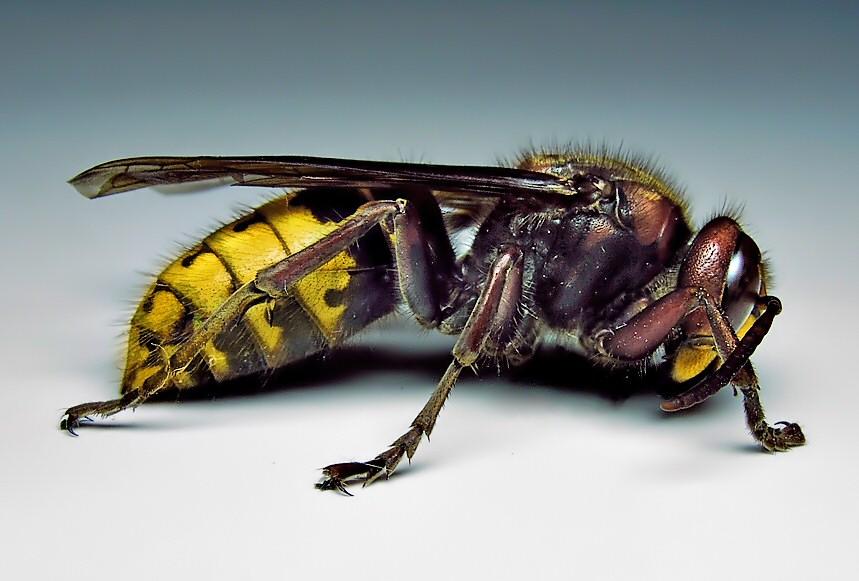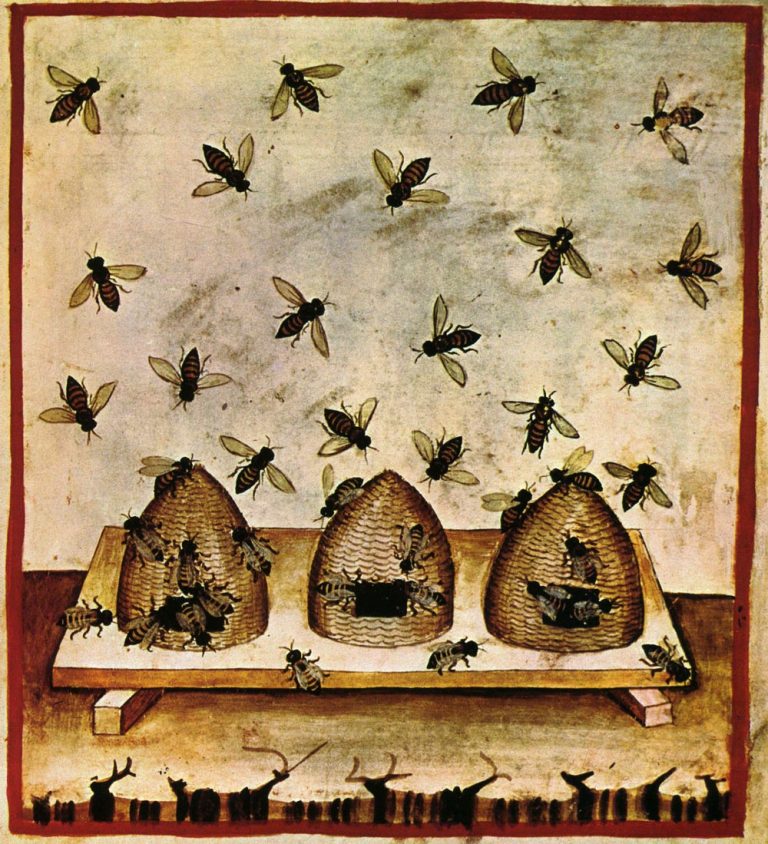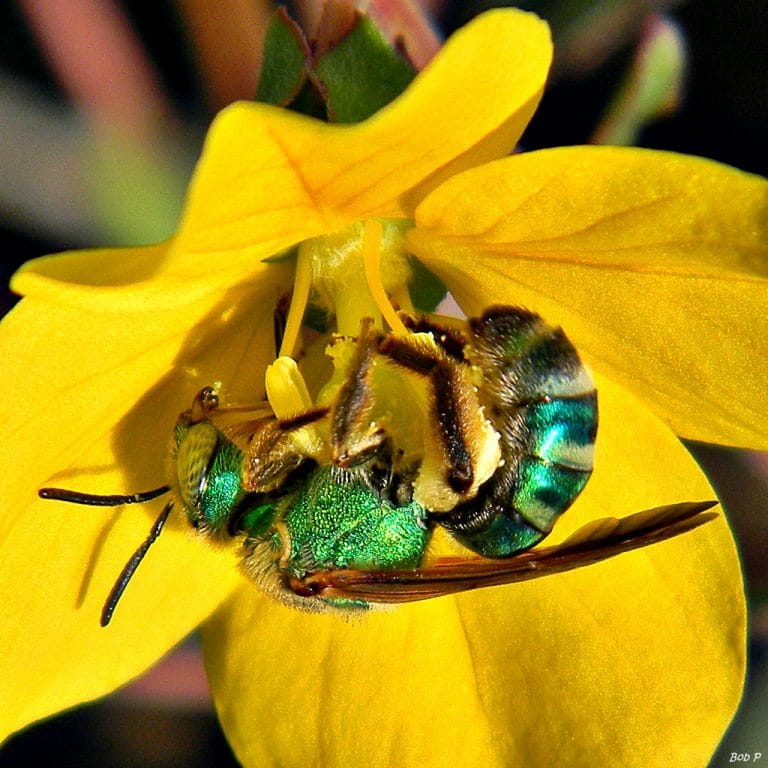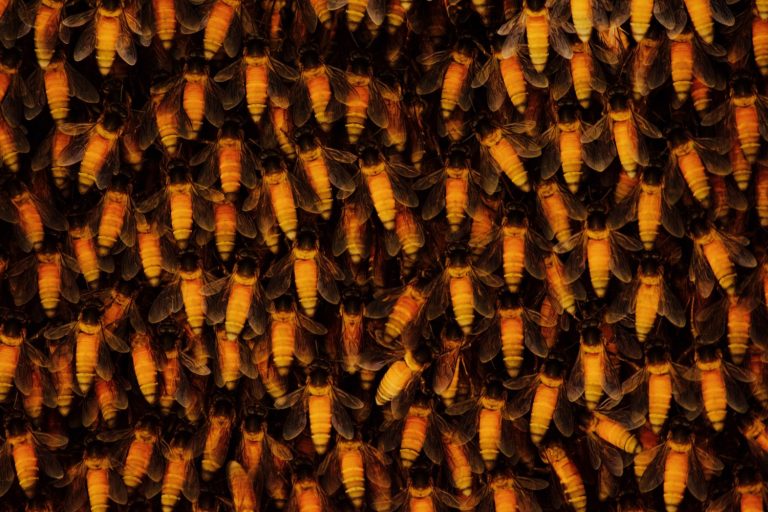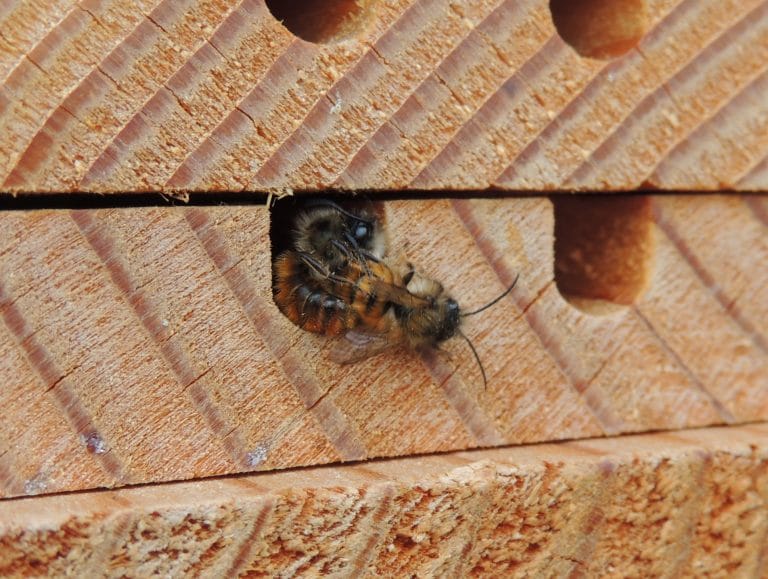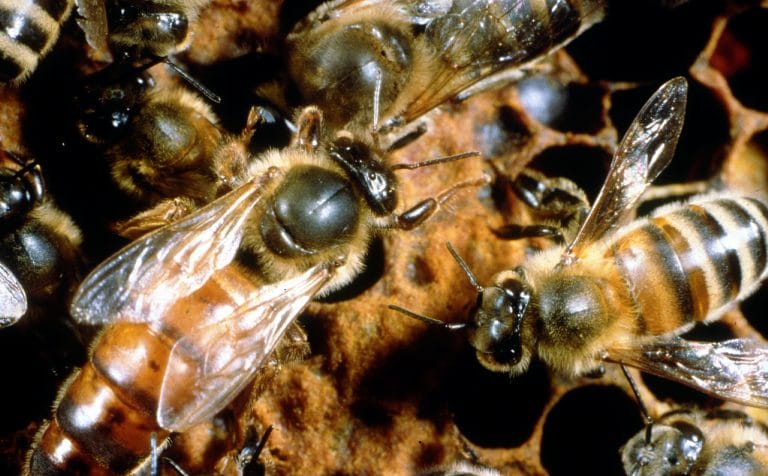Difference Between Bees, Yellow Jackets, Hornets, Wasps
This article aims to clarify the question most people want to know, “Is There A Difference Between Bees, Yellow Jackets, Hornets, Wasps?” The immense number of different types of bees and wasps are not harmful to human beings. Hymenoptera, is the order of insects in which the hornets, wasps and bees have a rightful place. Sawflies, ants, horntails and some “weirdo” family are also members of this order. Beware of these insects; their sting is painful and dangerous. Most of these insects are crucial to the health conditions of the environment they inhabit. Even though they are good chums, it is possible for you to protect yourself from these stings by learning about the simple classification of hornets, wasps and bees. The vast majority of these insects is non-interfering and settle with their own business either preying on other insects or becoming a parasite on some other. The normal difference from bees and wasps is that, wasps do not have hairs on their body and they have a thinner and more elongated body. It is after the winter season that these stinging and biting insects approach you in the coming warm season and pleasant weather.
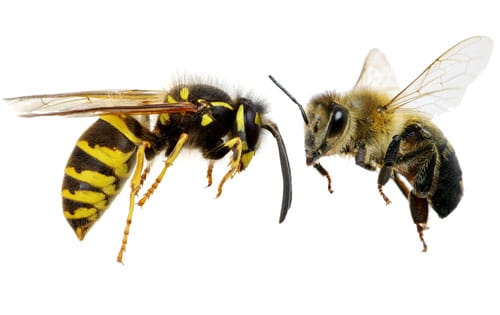
- The early evolution of the ancestral wasps gave rise to the group of insects with a number of subgroups of wasps, as well as ants and bees.
- Within a group there are different sizes; some of the wasps that are parasites are so infinitesimally small that they grow within the eggs of other insects.
- Other predators are large and strong of length 3 cm or more.
- The last two body parts of the adults (abdomen and thorax) join together with a delicate link. All of them have chewing mouth parts.
- When adult, they have four perfect wings. The pair of wings in the front is larger than the back pair. Even though the male ants and queens have wings it is only for a short while.
- The antennae of the wasps and bees are straight, but in the case of ants they have a lasting bend.
Bees
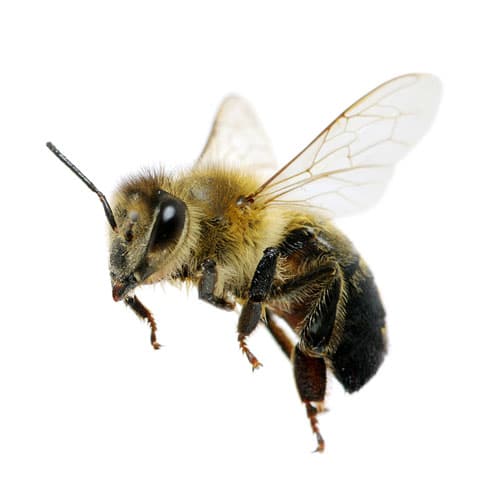
-
Effective Pollinators
Bees have furry bodies. They are communal flying insects. They are imperative agents of pollination (animals that help in fertilizing plants) they suck the nectar from the flower and gather the pollen grain back to the hive. There are enormous varieties of bees; at present over 16,000 specified varieties. Perhaps the North Americans have familiarity with the honey bee, of the genus Apis. In this genus, you find seven approved species. Presently bees are the most economical pollinators in the field of agriculture, and ecologically they are a very important group of insects.
The major diet of the bees is nectar and pollen grains. Their body design has a more or less hairy structure that helps them in gathering pollen grains. In general, honey bees are not vicious (except for the Africanized species); they do not sting you on purpose because, as a result of a sting, the bee can lose its barbed stinger and eventually lose its life. The bees suck the honey from the flower with the help of its protruding proboscis (a complex”tongue”). All the bees have two pairs of wings, the front pair bigger than the hind pair. Even though you find no wingless bees, in certain peculiar varieties, the wings of some species or sex are so short, they cannot fly. The families of significantly super varieties have a universal antenna which comprises 12 sectors for the females and 13 for the males.
-
Bee Sizes
The Megachile Pluto, Leafcutter bee is the largest bee in the world. The length of a female bee is 39 mm (1.5”). Trigona minima, a stingless bee is the smallest in the world, a worker bee is almost 2.1 mm (1/13”) in length. Those bees belonging to the Halictidae family or sweat bees that you see frequently in the Northern Hemisphere, and being small, people mistake them for flies or wasps.
-
Bees Habitat
Other than the coldest Polar Regions, you can see these ants, bees and wasps on land all over the world. These insects inhabit the temperate, tropical zones of the terrestrial Polar Regions, wetlands swampy, marshy bogs, the scrub forest, mountains, the terrestrial Biomes, dune chaparral forest, tundra taiga desert and the rain forests.
Wasps, Hornets And Yellow Jackets
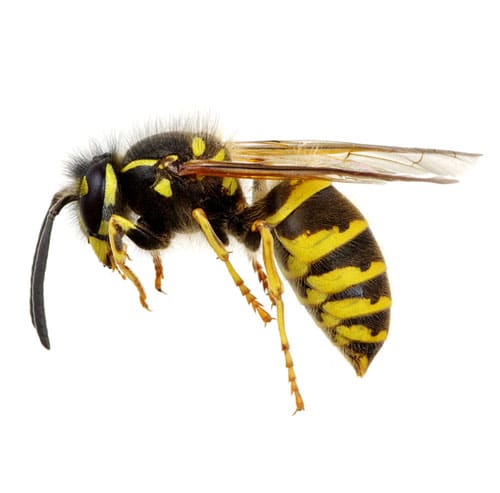
Wasps originate from the taxonomic family of Vespidae; hornets and yellow jackets also belong to this family. Certain wasps act as predators that decrease the tiresome population of annoying insects. Other wasps are pollinators. These wasps are the friends of the agriculturists, because they play a major role in helping the agriculturalists who use them to thwart the insects that spoil the crops. Mostly every variety of pest insect has at least one type of wasp as a predator
Wasps do not have hair on them, they are normally bad-tempered. Only female wasps have stingers. They can sting you continuously as their barb never gets stuck in the skin..
Hornets are a particular type of wasp that sting you continuously and become severely violent. The wasps belonging to the Vespidae group are social, even though it is possible that they turn absolute pests.
Hornets, yellow jackets and paper wasp belong to the Vespid wasp family; they protect their homes forcefully if you disturb them. Best of all, they incline to construct their hives, particularly in places of our leisure; as such you have ample chance of bumping into them.
-
- It is cumbersome in discriminating the yellow jackets, hornets and paper wasps from each other.
- They have certain common behaviors and physical appearance and all are of the Vespid wasp family.
- While at rest they fold their narrow wings lengthwise.
- They feed the larvae on the living or dead insects.
- They construct their nests with the recycled wood fibers.
- They are capable of stinging over and over again.
- The population in the paper wasp colonies is under 100 in number.
- In a Vespid’s family the number of hornet and yellow jacket colonies combined is over 100 in number.
Paper Making Masters-Paper Wasps, Yellow Jackets, Hornets
The hornets, yellow jackets and paper wasps are professional paper makers. During the spring season, the queen builds a fresh nest by collecting wood fibers. They then convert them into paper pulp and further, use them for constructing their nests. Paper wasps assemble their nest in the form of open umbrellas, that we frequently see hanging on the exterior of the window or leaves or house sunshades. Hornets build a characteristically big encircled nest that you can often see suspended from strong perches or branches of trees. Yellojackets also build enclosed nests, but underground. As such prior to using lawn mowers or string trimmers, you would do well to inspect for yellow jacket nests.
The Wasps and their Queen
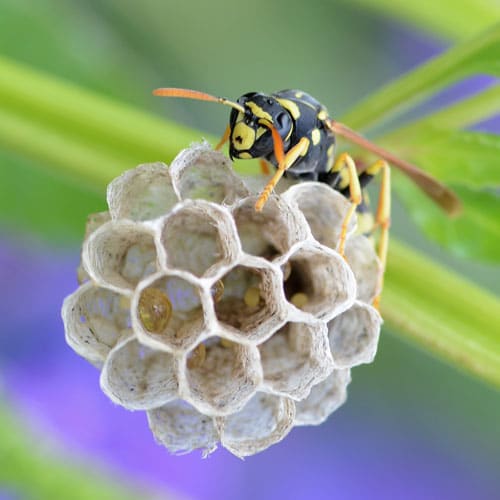
Young paper wasp queen guarding her nest and eggs. Photo by: Alves Gaspar
We see the Hornets, yellow jackets and paper wasps construct new colonies in temperate climates every year. The queens that have mated outlive the cold of the winter months, placed far inside their shelters. During spring, the queen parades out to find a site for its nest, and constructs a tiny nest for laying her initial eggs. When the first batch of worker wasps grows up, they widen the nest for the coming generation. At the end of fall or summer the aged queen wasp perishes, and prior to the death of siblings a new wasp mates. The existing nest normally gets damaged during winter.
Hornets and Paper wasps feed on living insects. They equip their nests with caterpillars as food for their little ones. In summer when you go out for a pleasant outdoor meal, be on the watch out for yellow jackets. They have a special liking for proteins and sweets. Even though they live on dead insects, they take a fancy in sipping your soda. Among the three varieties of the Vespid wasps, the yellow jackets are definitely the biggest irritant to human beings.
Behavioral Difference Between Wasps, Yellow Jackets, Hornets
Paper Wasps
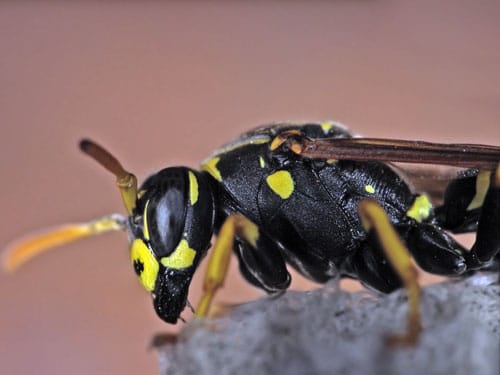
Photo by: Solmeber
Nest Type: Open paper, comb- umbrella-shaped
Location of Nest: Hanging from protected locations, including leaves
Colony Size: Below 100
Eating Habits: Live insectsYellowjackets
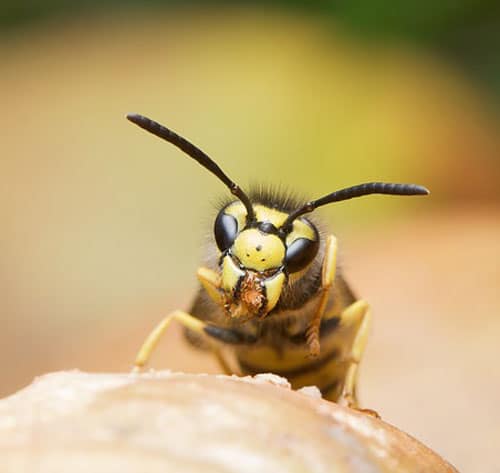
Nest Type: Paper comb- Enclosed
Location of Nest: Usually underground, sometimes suspended
Colony Size: Over 100
Eating Habits: Sugars and dead insects-scavengingHornets
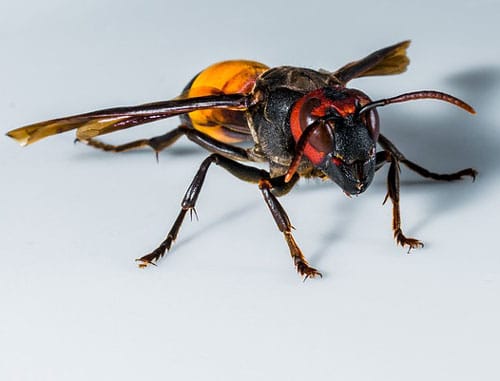
Nest Type: Paper comb -Enclosed
Location of Nest: Seen on shrubs, trees, or leaves
Colony Size: Over 100
Eating Habits: Live insects

Having discovered a fondness for insects while pursuing her degree in Biology, Randi Jones was quite bugged to know that people usually dismissed these little creatures as “creepy-crawlies”.

